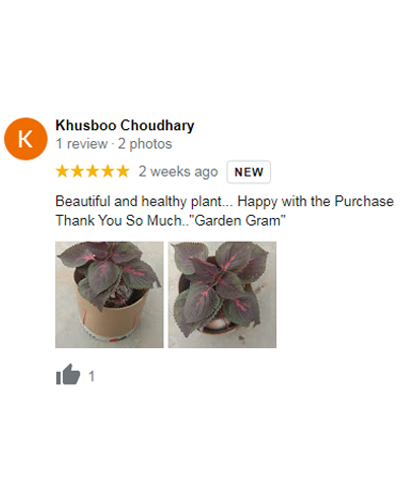How to get started for spring gardening
Let’s get spring ready with our gardens even if the spring is not ready for us yet. Let’s grab this time and do some gardening homework so that we can relax when the actual work begins.
Spring is an exciting time; it’s an excuse to start fresh. So let’s begin with the basics. Check your gardening tools and equipment to see if they are doing well, after all you can’t do the work if your tools aren’t ready, right? With this already ticked in our check-list of things to do for spring gardening, let’s march forward.
Preparing Garden beds
The sight of the raised beds topped up with rich soil, moist and crumbly, free of weeds and ready to plant is a brief moment of perfection, full of promise, a blank canvas awaiting the gardener’s vision. Right? Well, well- prepared soil beds are half the work done.

Weed and pest management
Now that you are taking care of the soil bed, do watch out for weeds and pests. Start by eliminating any weeds that might have appeared. Weeds have a way of spontaneously erupting the moment you think of the word “spring”.

Check your soil
Now, with a lot of essential things already taken care of, let us get to the soil, one of the most important ingredients in good gardening. Compacted soil needs to be loosened to provide airflow and allow young roots to easily grow. Simply adding some organic matter will also provide plenty of air and moisture-retention potential, so this is a great time to work compost into the soil.

Finish with fertiliser
Decide the fertilizer based upon the plant's nutrition requirements. Different plants have different needs. A couple weeks prior to planting is good to use organic fertilisers, as it gives the nutrition time to spread throughout the surrounding soil. However, you can also work in slow-release granular fertilisers at this time of year for long-term nutrient boosts. Also, for container gardening, good quality slow release plant food and potting mix is essential.
Maintenance
At the very beginning of spring, before your shrubs begin to bud out and form leaves, it’s time for a light pruning for shaping purposes. However, if your bushes are already showing signs of new growth, do not prune them at this time. Perennial flowers often get heavily mulched for the winter. As the ground begins to warm, you can remove any matted mulch. This is especially important if you’ve used leaves as mulch, since they can form a dense mat, and pests can hide in leaf litter.

And it can get as easier as this. It might seem like a never ending series of things to do in the spring but trust us, once you get used to this, it will be a plant parents delight and your green babies reason for a smile or more, all bright.













